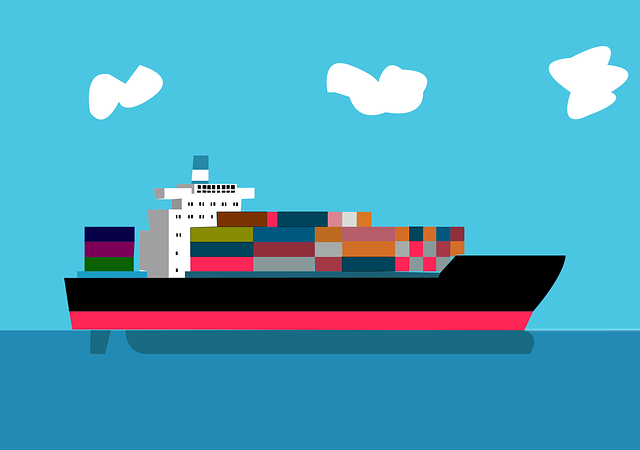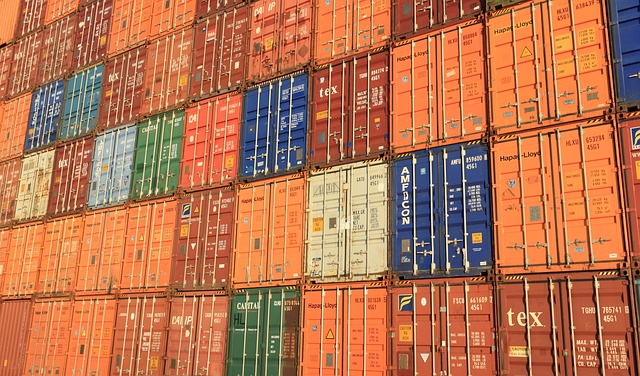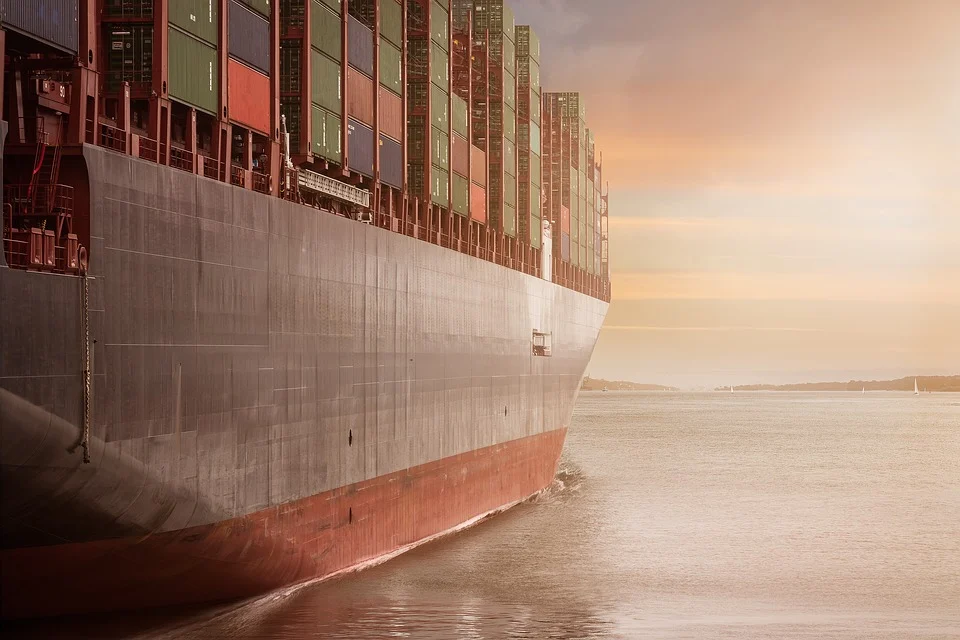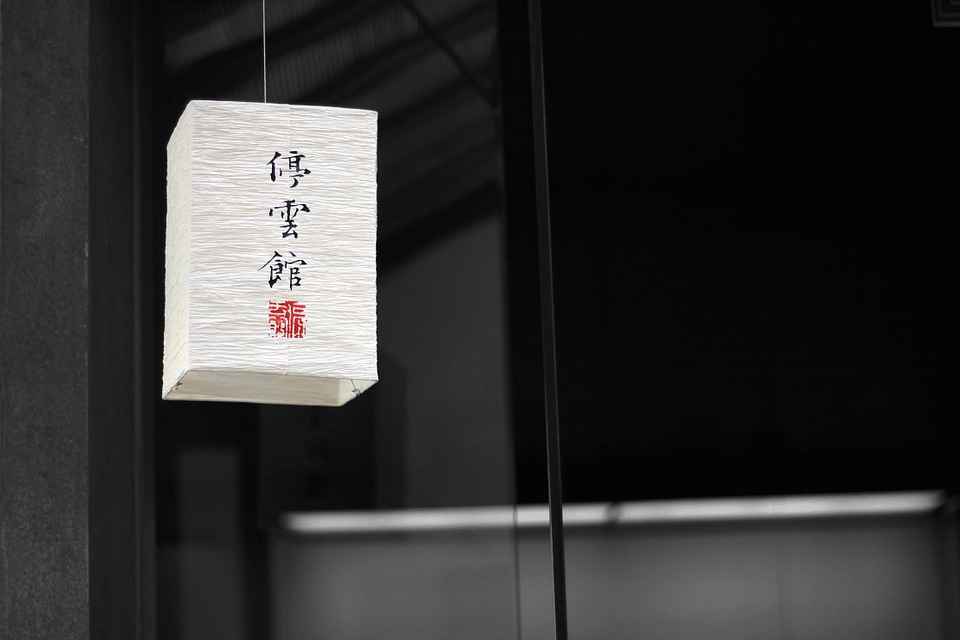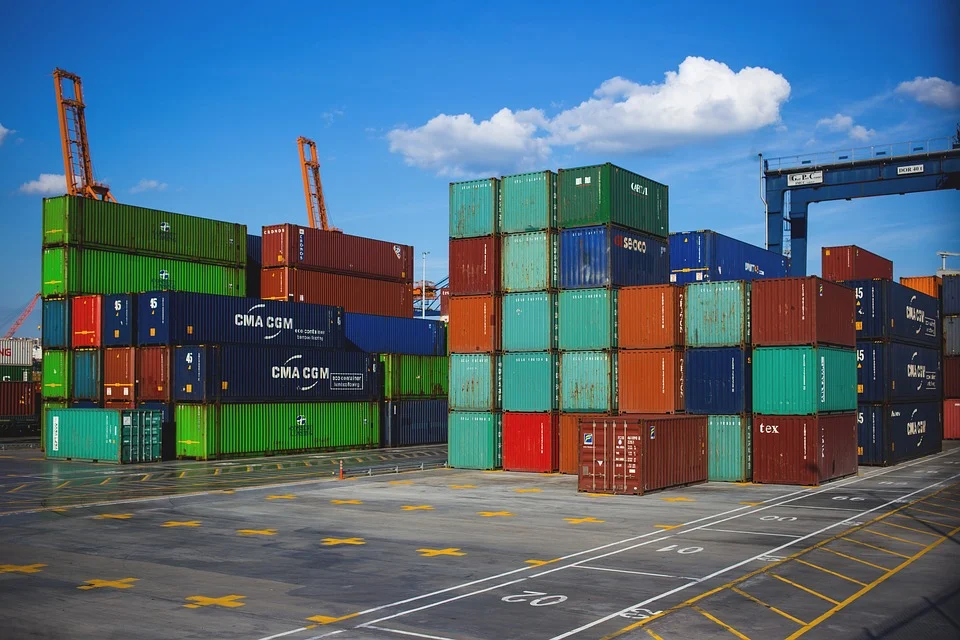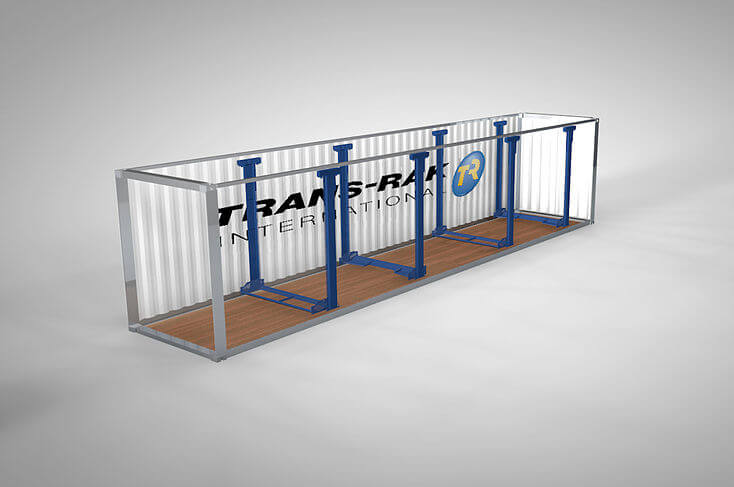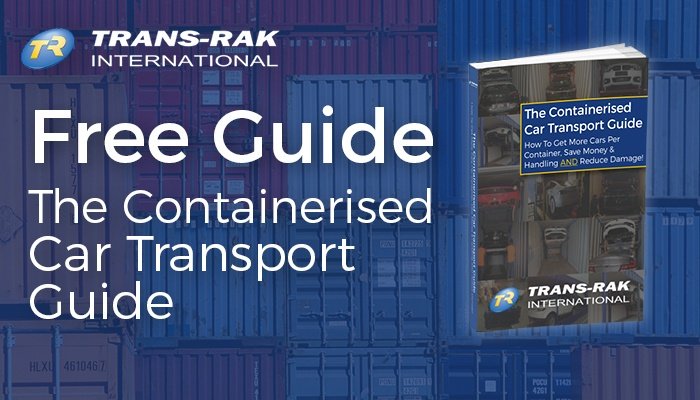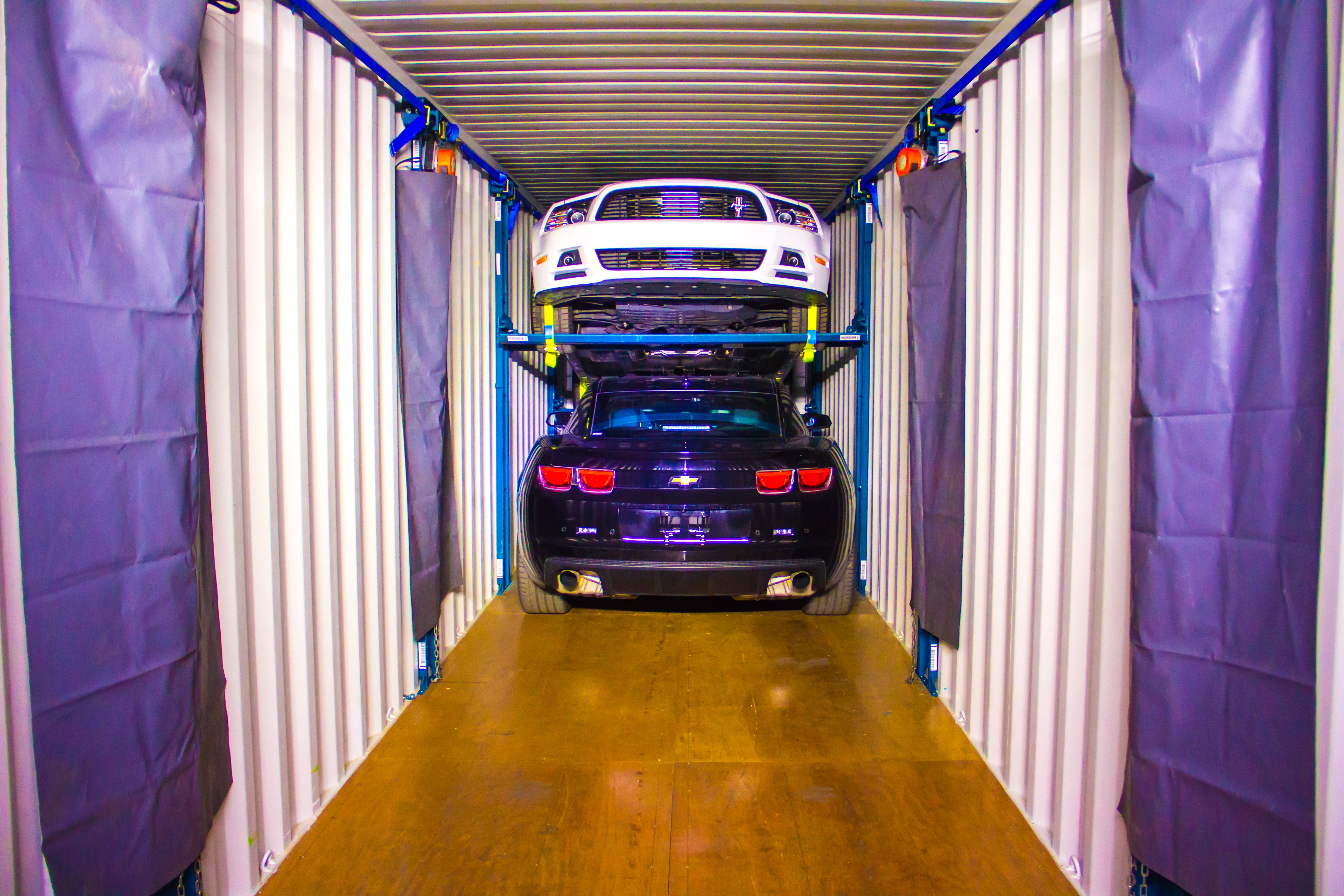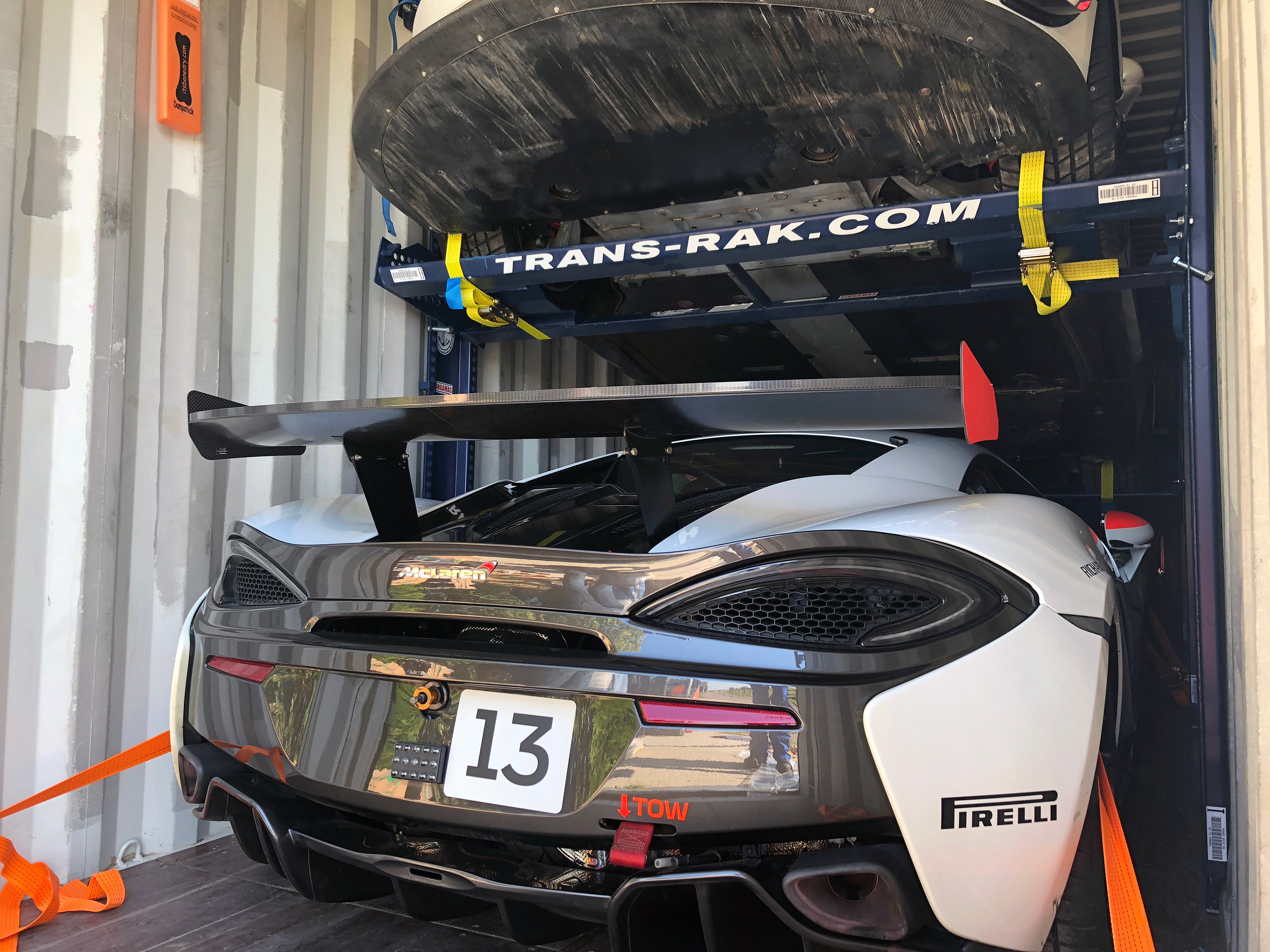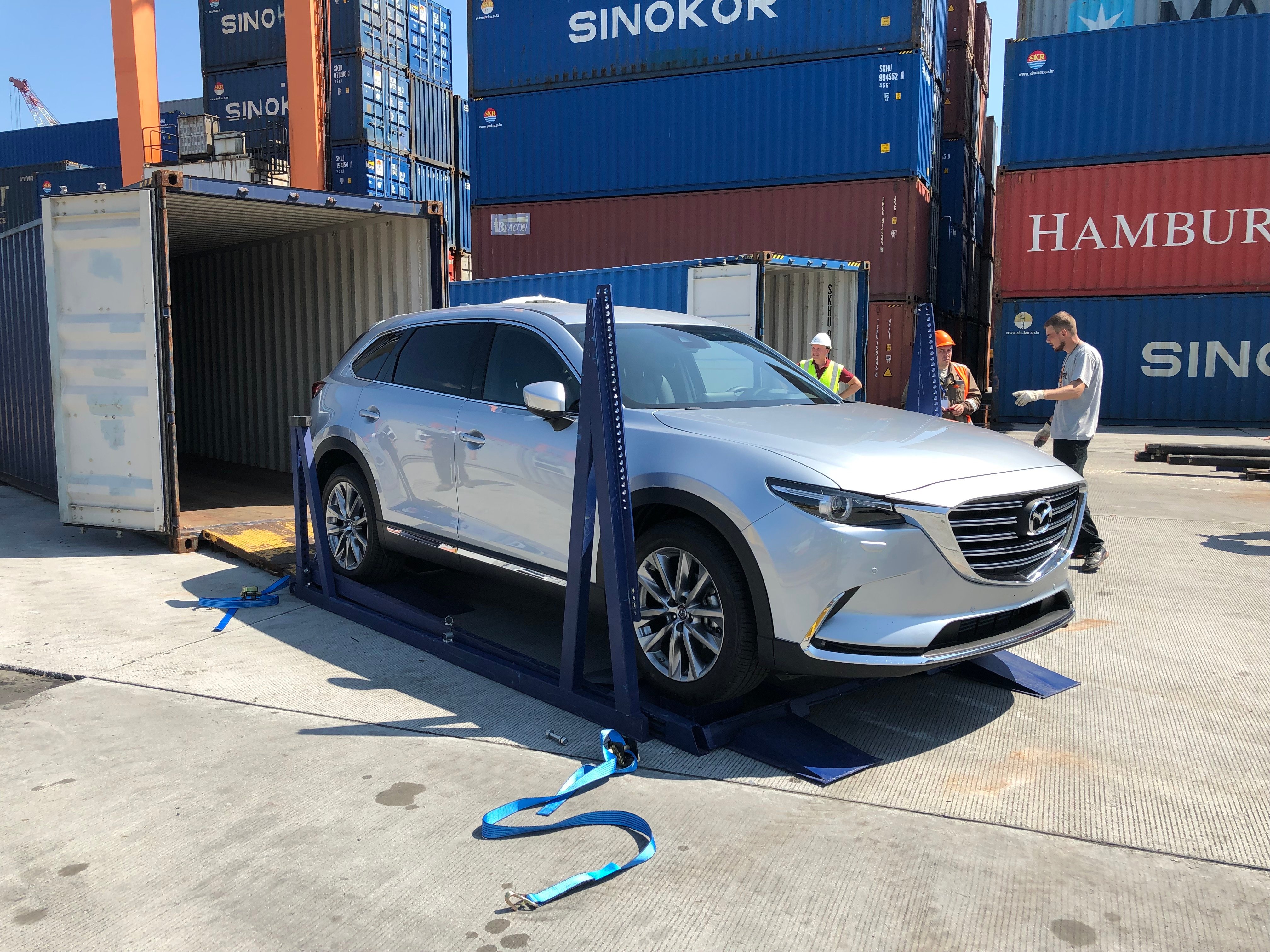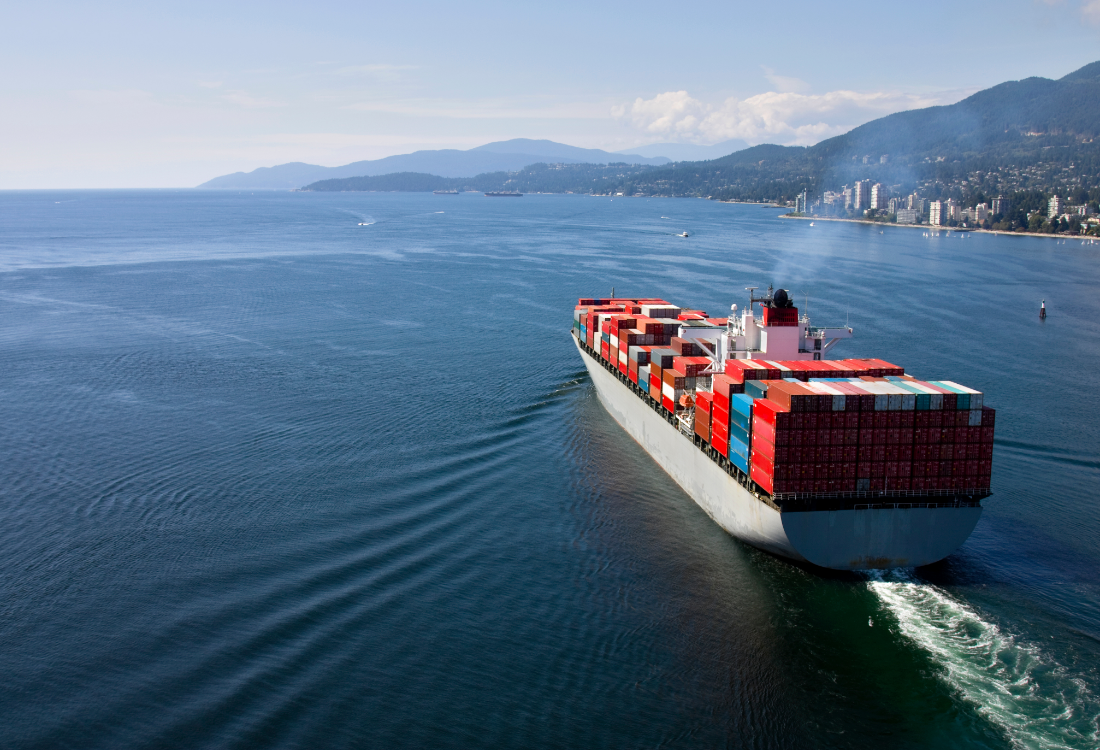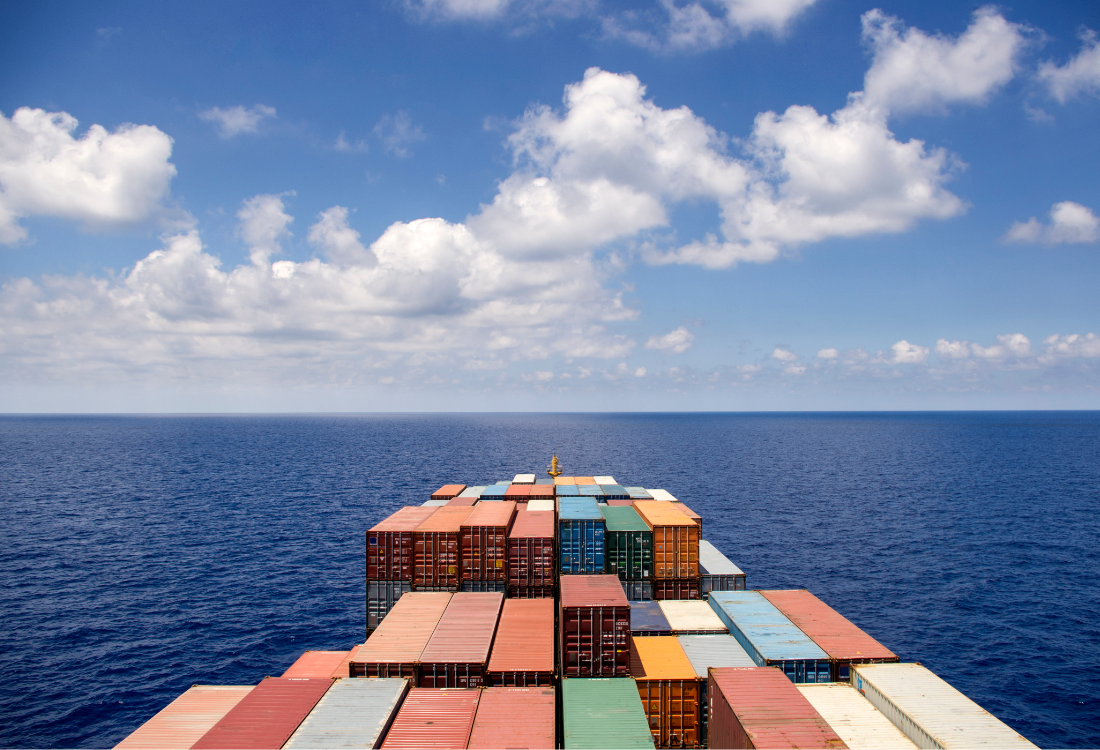By the one-hundredth anniversary of the People’s Republic in 2049, China hopes to have completed the world's first seamless transcontinental cargo transportation network. Commonly referred to as the ‘new Silk Road’, after the famous medieval caravan route, road, rail, and sea routes will join together to ship freight and vehicles between Chinese manufacturers and markets in Europe, and vice versa.
Read MoreNEWS BLOG
What is China's Silk Road Initiative and How Will it Change Containerised Car Transport?
Traditional wooden racking systems did little to improve the PR of containerised vehicle transport, due to their high instances of collapse and damage to vehicles in transit.
Read MoreHow Multi Vehicle Racking Systems Save You Both Time And Money
Container shipping transport for cars is – in principle at least – as convenient for shipping vehicles around the world as it is for iPads, building supplies, and flat-pack furniture. Once driven into the container and secured, nothing else needs to be done until the disembarkation point. The sticking point is the cost of containerised car transport. With only a couple of vehicles fitting in each container, the cost of transport soon mounts up, making Ro-Ro a better option, despite the risks.
Read More5 Advantages Of Using Car Racking Systems In Shipping Containers
Increasing numbers of companies, private suppliers, and motorsport owners are rejecting antiquated roll-on-roll-off ferries for faster, safer, and more efficient containerised solutions. Times are definitely changing! Here are five of the ways that car racking systems have revolutionised the industry, and how you can benefit.
Read MoreThe Effects Of US Steel Tariffs On Transporting Cars
The sudden appearance of new aluminium and steel tariffs in 2018 has led to numerous controversies and disagreements in the car-trading sector. Companies have been trying hard to keep sales at the same levels, but global trade has inevitably been affected. What do the tariffs mean for automotive logistics businesses in the UK?
Read MoreWhat Impact Have Our Recent Product Developments Had On Containerised Car Transport?
At Trans-Rak we have been at the forefront of the automotive transportation industry for almost two decades. During this time, our priority has always been creating innovative solutions that address the key concerns of vehicle logistics businesses, namely cost effectiveness and risk minimisation.
Are you curious about how the ‘belt and road’ initiative will affect your business? The landscape of global infrastructure is changing, so this important momentum is changing the dynamics for everyone. Here’s what you need to know.
Read MoreWays You Can Ensure Cost-Effective Containerised Shipping
When it comes to shipping, there are many different cost variables. Usually, a broker will handle all of the minutiae and offer the best deal. However, it can help to know what goes on behind the scenes. Let’s take a look!
Read MoreOur R-Rak Features in Success Story of Vehicle Manufacturer Dongfeng’s Impressive Shipment From China to Europe
We have some good news here at Trans Rak: Our R-Rak features in this great story of vehicle manufacturer Dongfeng’s impressive shipment from China to Europe.
As lockdown remains in place in many countries worldwide, those involved in international vehicle shipping to all corners of the world have had to think outside the box (no pun intended). Despite logistical problems in the wake of the Covid-19 outbreak and subsequent interrupted supply chain, this shipment made it to its destination on time, with help from our secure car racking, the R-Rak.
Another example of how far containerised shipping can come, this successful case shows how the R-Rak assists in delivering a large shipment in a very short time.
What Are The Best Methods For Transporting My Cars To Market?
When it comes to getting cars to market, it pays to do the homework. There are several different options available, and each has its benefits and drawbacks. In a time of technological change and innovation, here is a quick guide to some of the most popular options.

